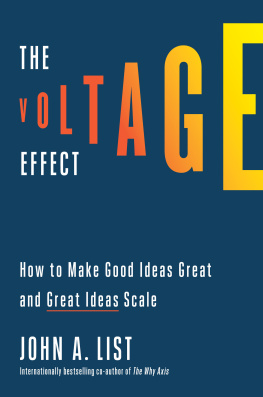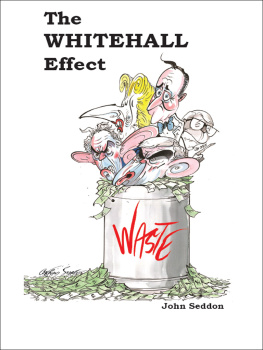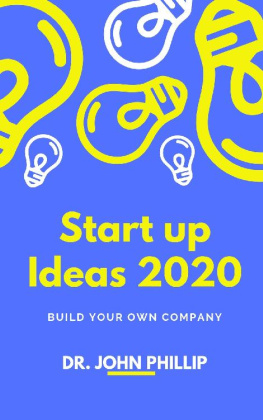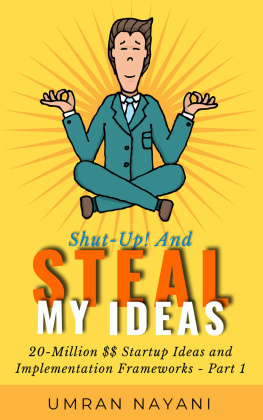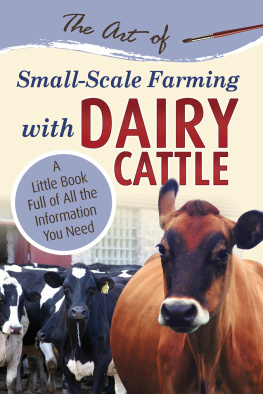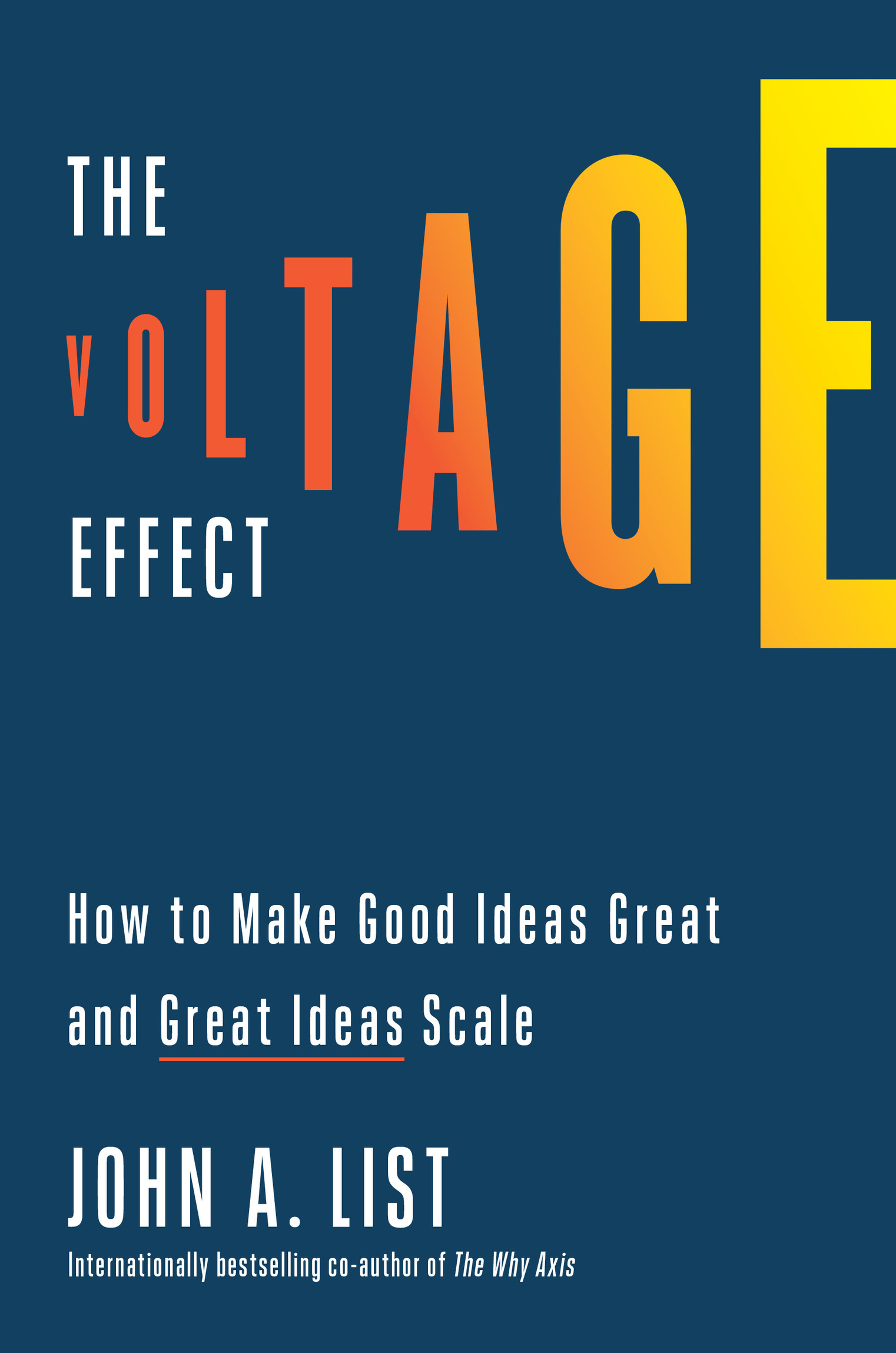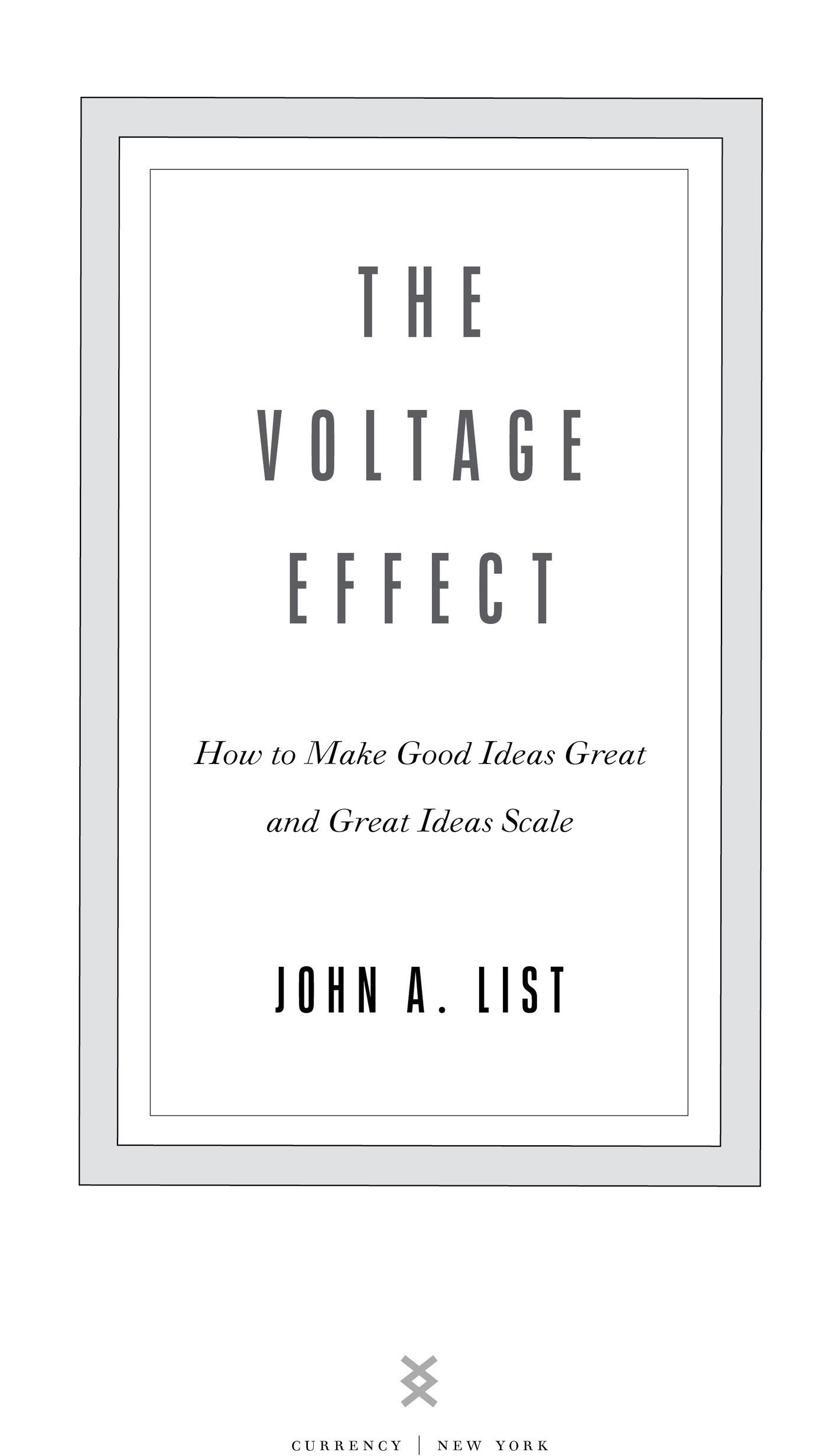Contents
Landmarks
Print Page List
Copyright 2022 by John A. List
All rights reserved.
Published in the United States by Currency, an imprint of Random House, a division of Penguin Random House LLC, New York.
Currency and its colophon are registered trademarks of Penguin Random House LLC.
Library of Congress Cataloging-in-Publication Data
Names: List, John A., 1968- author.
Title: The voltage effect / John A. List.
Description: First edition. | New York: Currency, [2022] | Includes bibliographical references and index.
Identifiers: LCCN 2021044408 (print) | LCCN 2021044409 (ebook) | ISBN 9780593239483 (hardcover) | ISBN 9780593443521 (international edition) | ISBN 9780593239490 (ebook)
Subjects: LCSH: Scaling (Social Sciences) | New products. | Strategic planning. | Entrepreneurship. | Policy sciences.
Classification: LCC H61.27 .L57 2022 (print) | LCC H61.27 (ebook) | DDC 300.72dc23
LC record available at https://lccn.loc.gov/2021044408
LC ebook record available at https://lccn.loc.gov/2021044409
Ebook ISBN9780593239490
crownpublishing.com
Design by Fritz Metsch, adapted for ebook
Cover design: Lucas Heinrich
ep_prh_6.0_139089996_c0_r0
Contents
Scalable ideas are all alike;
every unscalable idea is unscalable in its own way.
INTRODUCTION:
BUILT TO FAIL OR BUILT TO SCALE?
It was never my plan to work for Uber. To be honest, it had never even occurred to me.
In the summer of 2016, I was busy with one of the most ambitious projects of my career. Six years earlier, alongside my teaching responsibilities in the Economics Department at the University of Chicago, I had led a team that opened a preschool for three- to five-year-olds that also functioned as a living research laboratorya huge logistical and scientific endeavor I hadnt planned on undertaking and didnt exactly have the training for. While I had learned a few things raising five of my own kids, I had zero formal expertise in early childhood education. On the other hand, observing and studying people in the wild has been my lab for over thirty years now. And launching a preschool full of wonderful, crazy kids is as wild as it gets, albeit in a whole different sort of way.
Many people believe that the discipline of economics is all about money, or how capital flows through society. But my work as an economist doesnt involve things like analyzing fiscal data or predicting stock market trends. My specialty is conducting fieldwork in behavioral economics, going out into the real world to study the hidden, often surprising motivations behind big and small decisions we make every day.
This was why Tom Amadio and other administrators of the school district of Chicago Heights had approached me several years earlier. They knew about experiments I had done incentivizing people to adopt all kinds of positive behaviors, so they wanted to see if I might have any ideas on how to incentivize teachers and students in ways that would improve the students performance. A town of close to thirty thousand people a half hours drive south of Chicago proper, Chicago Heights is a place society has left behind. Boarded-up storefronts abound, and violent crime is disproportionately high compared to the rest of the United States. Today, over a quarter of the population lives below the poverty line, almost double the statewide average of 13 percent when I first visited Chicago Heights. Unsurprisingly, these economic disadvantages take their toll on children there. High school graduation rates are low, and many high-schoolers are at a third- or fourth-grade level in reading and math. And this, of course, excludes them from numerous future opportunities; life is an entirely different game without a high school diploma.
Eager to get involved in a project that sought to reverse these trends, I teamed up with economists Steven Levitt (of Freakonomics fame) and Sally Sadoff (my PhD student at the time) in early 2008. Thanks to a generous gift from the Kenneth and Anne Griffin Foundation, we got to work conducting experiments with students and teachers at a Chicago Heights high school. Sure enough, our interventions produced gains in achievement standards and test scores, yet the results werent as dramatic as we had hoped. We concluded that by working with high-schoolers we had missed a critical window in these kids development, during which we could have altered their life trajectories. Showing up so late left much of their potential on the table; in fact, it had already been lost, years earlier. In other words, we were dealing with the wrong student population to truly tackle this problem.
So we proposed starting our own preschool, which would double as an experimental research lab on childhood education and development. We once again received support from our angel donora whopping $10 million from the Griffin Foundationand that is how the Chicago Heights Early Childhood Center (CHECC) was born.
By the spring of 2010, we were on to the next phase of our work in Chicago Heights, and were joined by Roland Fryer, then a rising star at Harvard who studied the impact of economic inequality on academic performance, and Anya Samek, a postdoctoral student of mine. From 2010 to 2014, our preschool served nearly 1,500 students annually. The bedrock of our four-year pedagogical experiment was a curriculum that emphasized important noncognitive skills that have been shown to have a profound impact on later success in life, such as socialization, active listening, and delayed gratification. Our curriculum of choice was called Tools of the Mind. Crucially, we also had created a new program called Parent Academy, which incentivized parents to involve themselves in their childrens early educational development in specific ways. Once the four years came to an end, we shuttered the school, as had always been our intent. But we continued collecting data on the children who had attendedand we plan to continue collecting these data for decades to cometo compare it against the performance of children who had the standard curriculum and whose parents did not receive any behavioral nudges from Parent Academy.
In other words, we had come up with a hypothesis about improving long-term outcomes for the children in Chicago Heights. We had designed a study to test it, and now we gathered and analyzed the results up to this point, which were quite impressive so far. Our kids were doing great and taking strong developmental strides. Ultimately, our goal was to take the key features of Tools of the Mind and combine them with our other findings to create a new curriculum model that we could expand to other communities in the United States, and even some abroad.
So in the midst of all this, when a recruitment officer from Uber called to explain that they wanted to interview me for the newly created position of chief economist, I dismissed the idea immediately. It would be one more set of responsibilities in my already jam-packed life. On top of the Chicago Heights research keeping me busy, I was about to remarry and would soon have a happy but frenzied new household full of eight kids, along with two grandparents. Plus, what did my research on early childhood education have to do with the pursuit of world domination by a ride-sharing company in Silicon Valley? The more I thought about it, however, the more I realized that my research project and Uber had one central goal in common.

